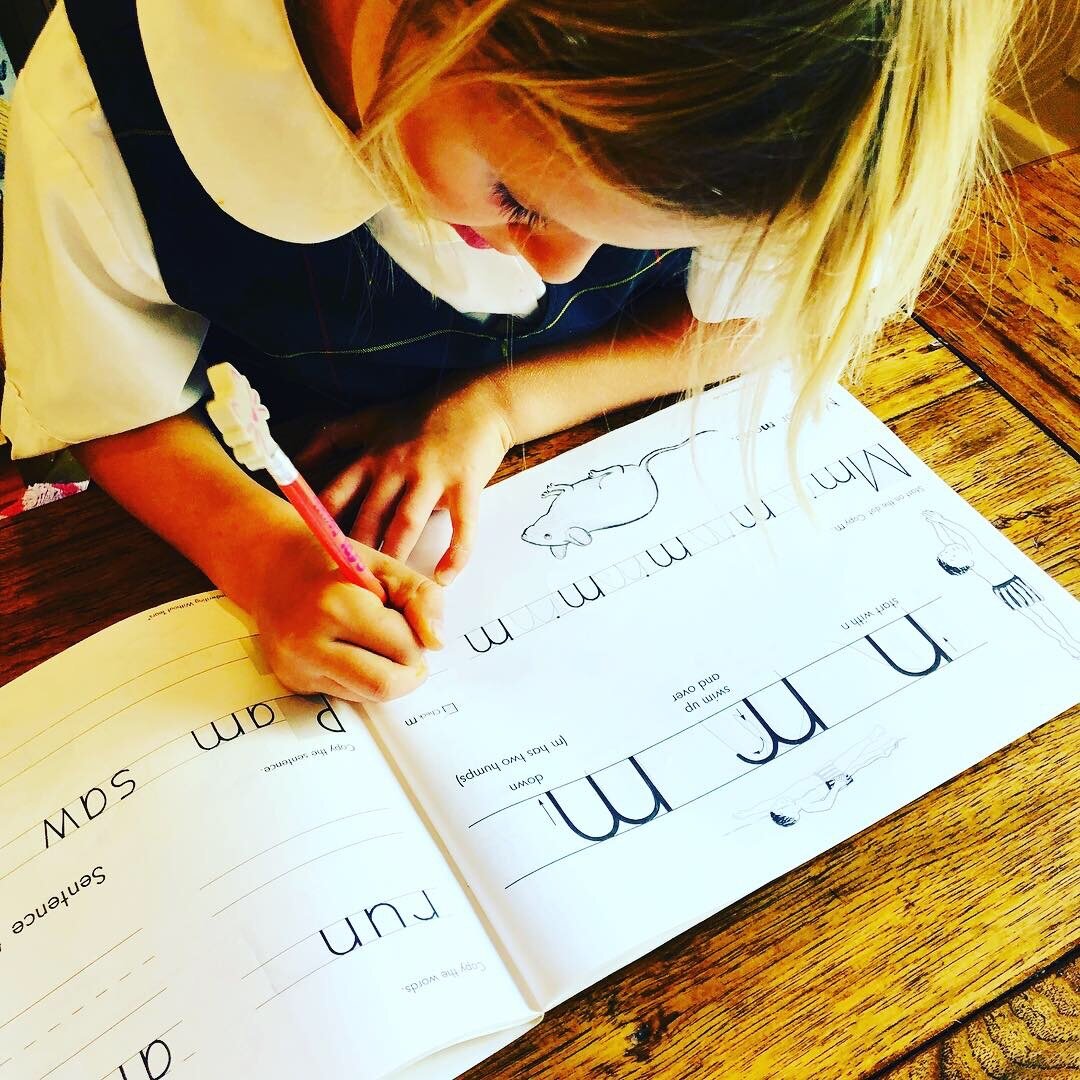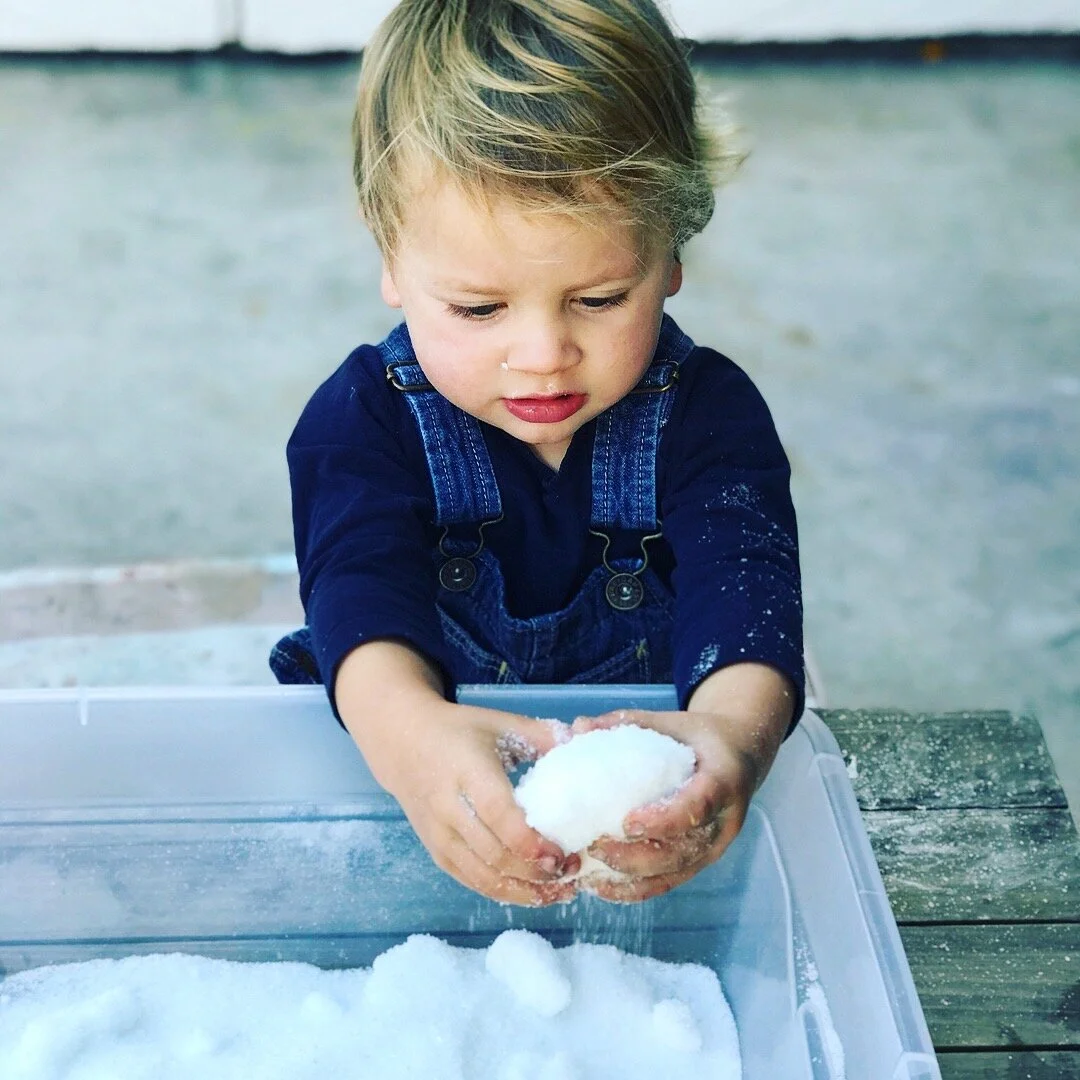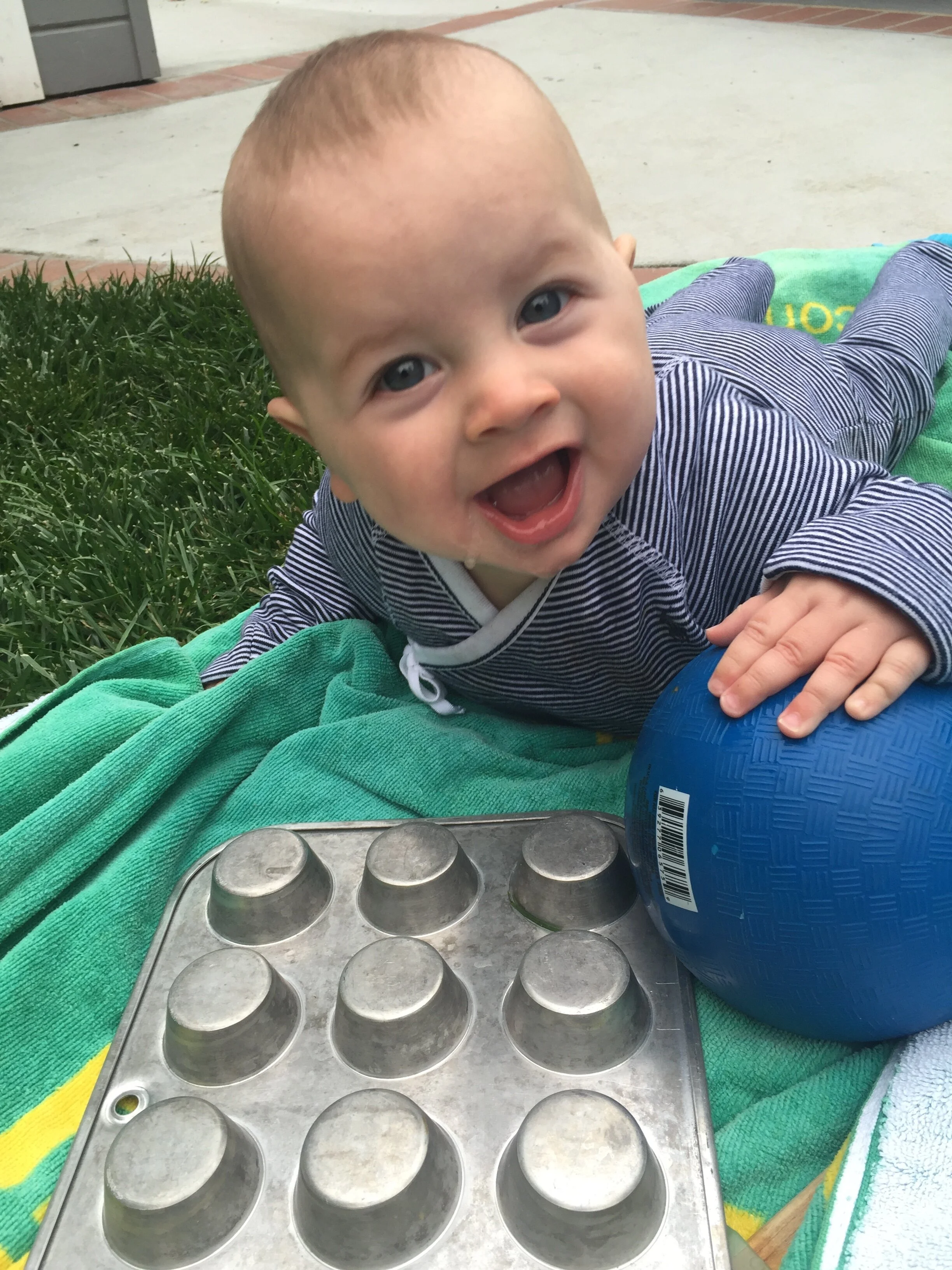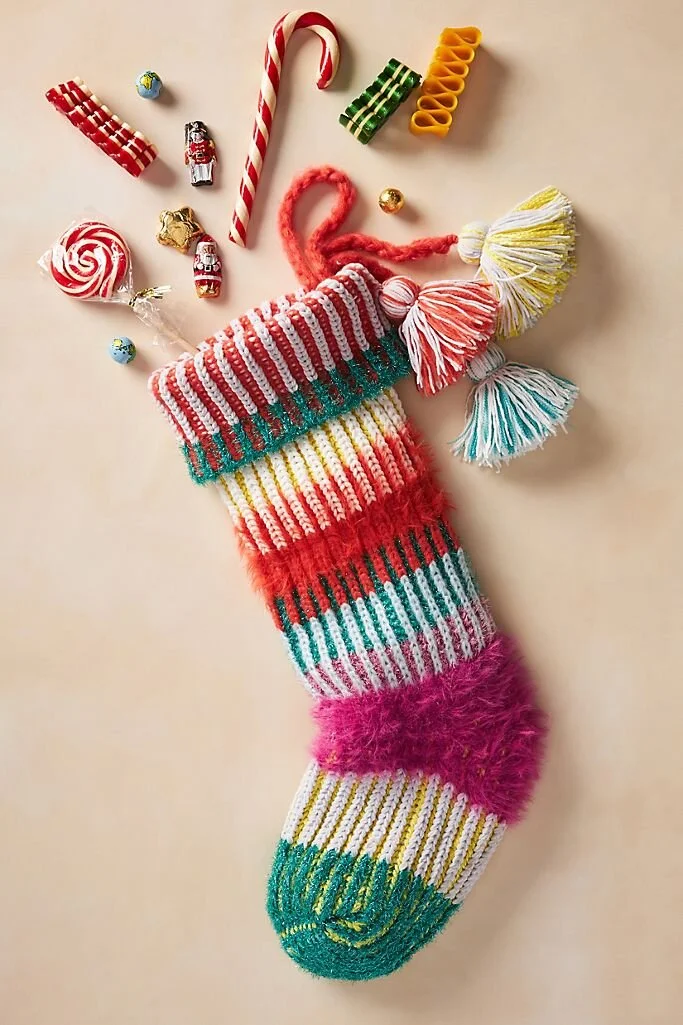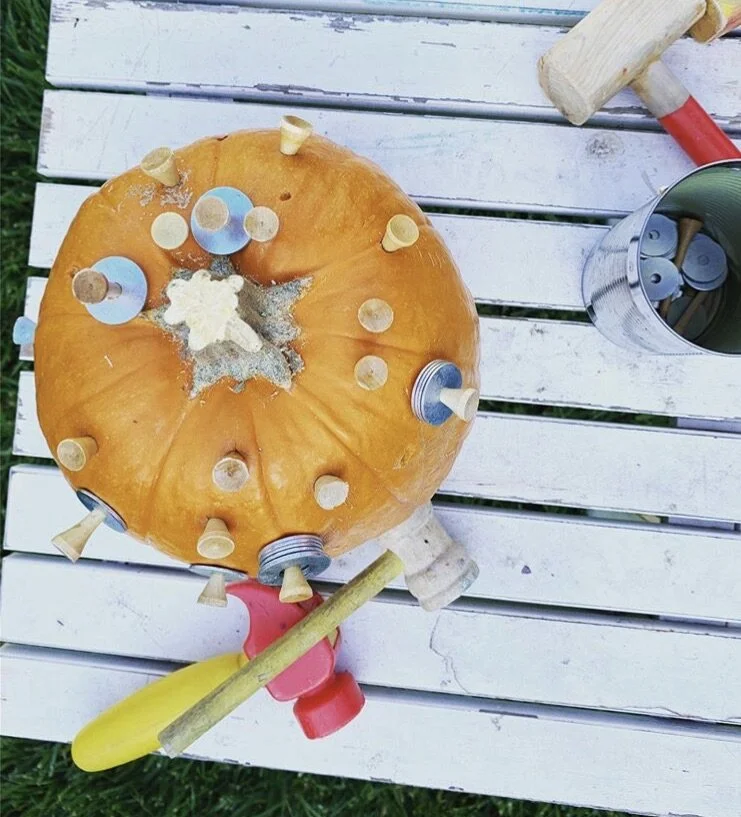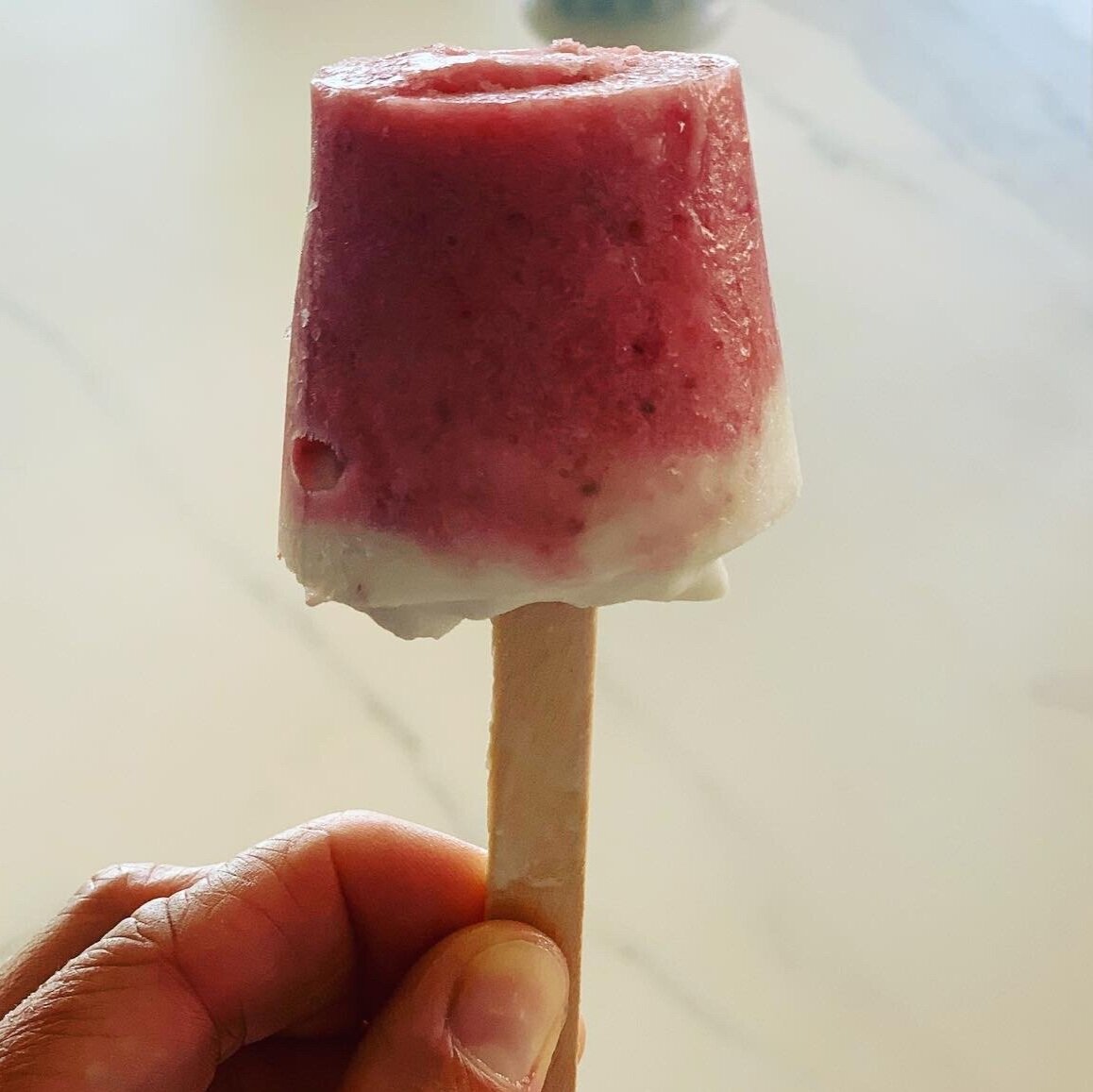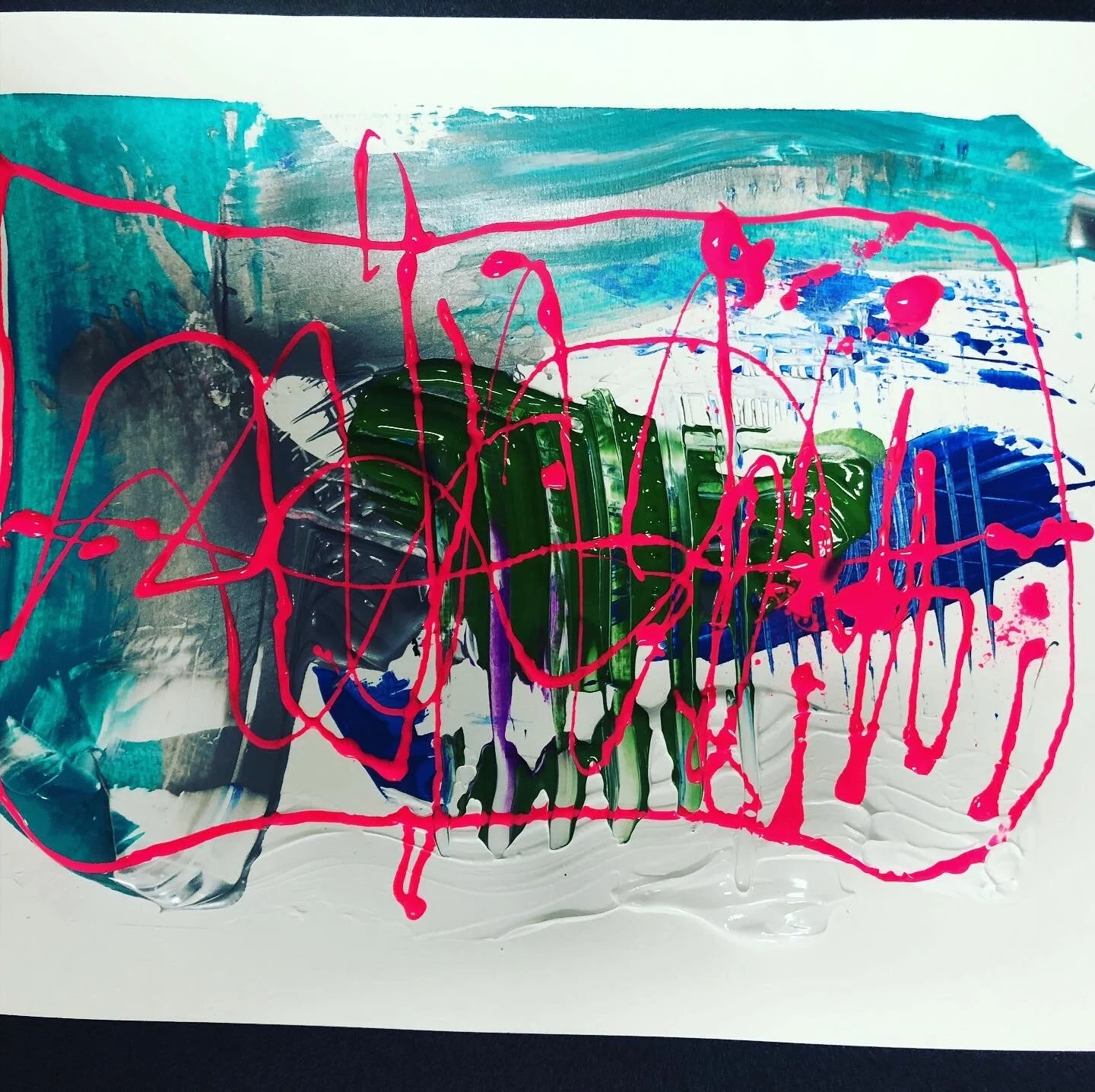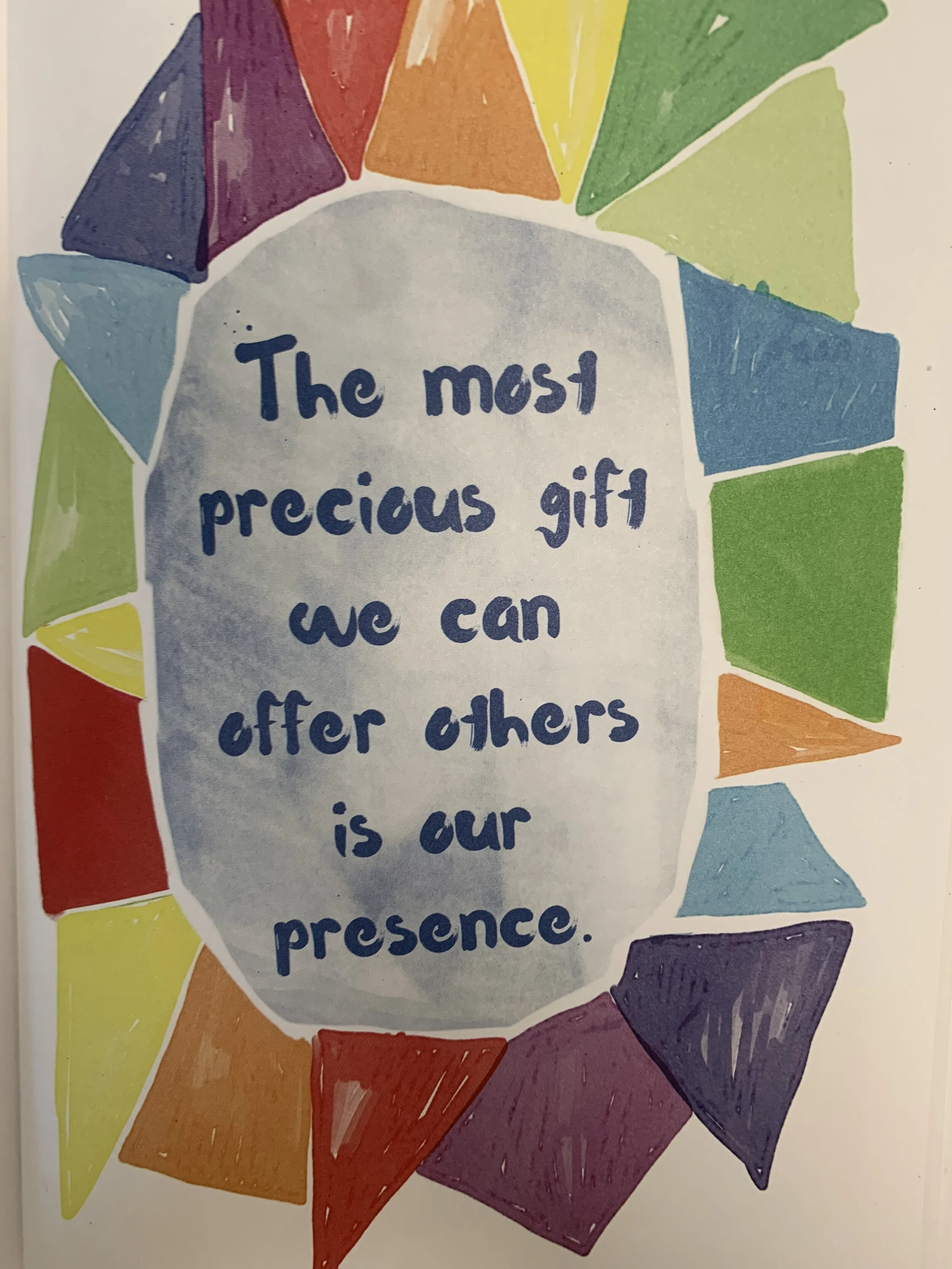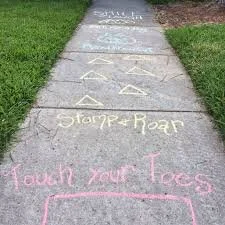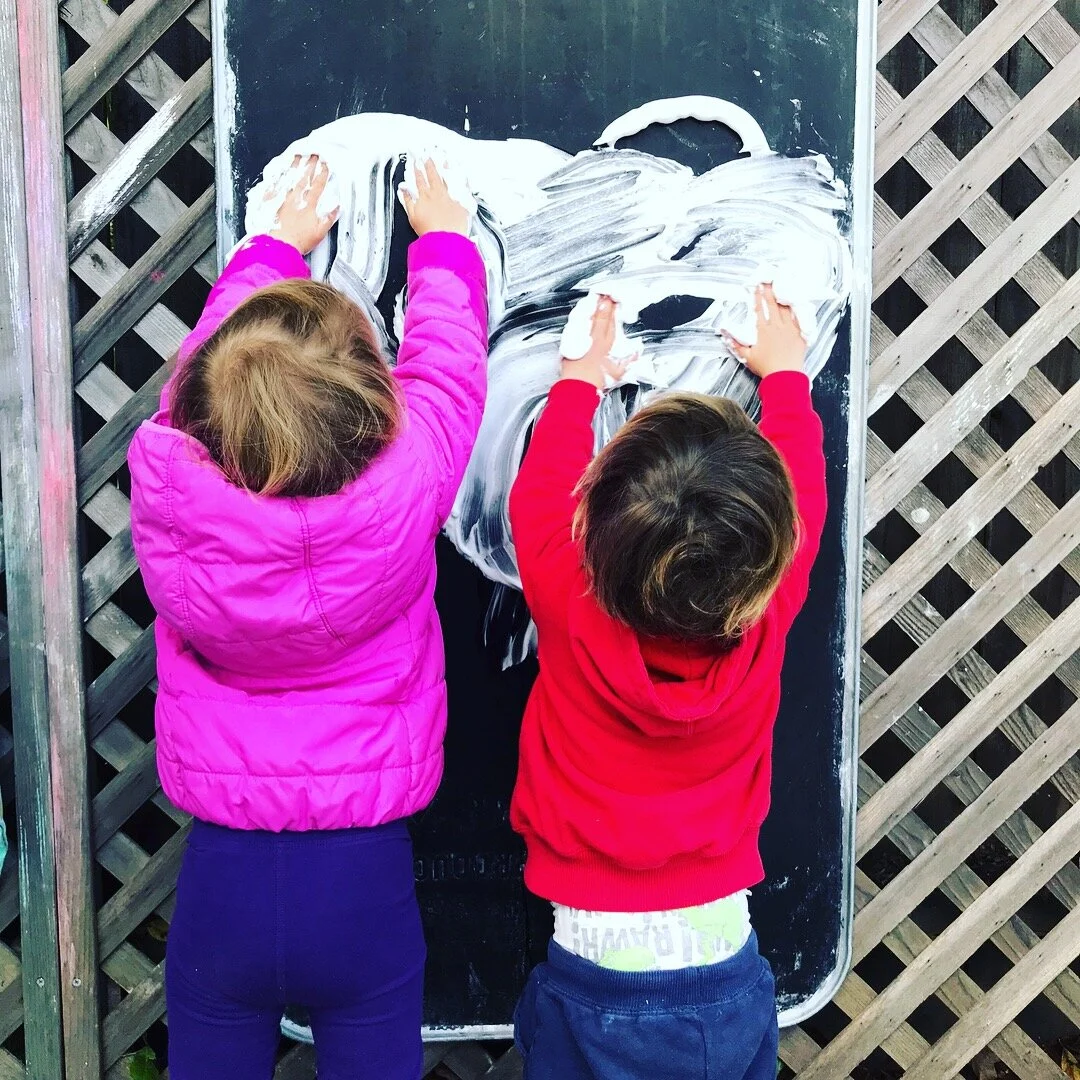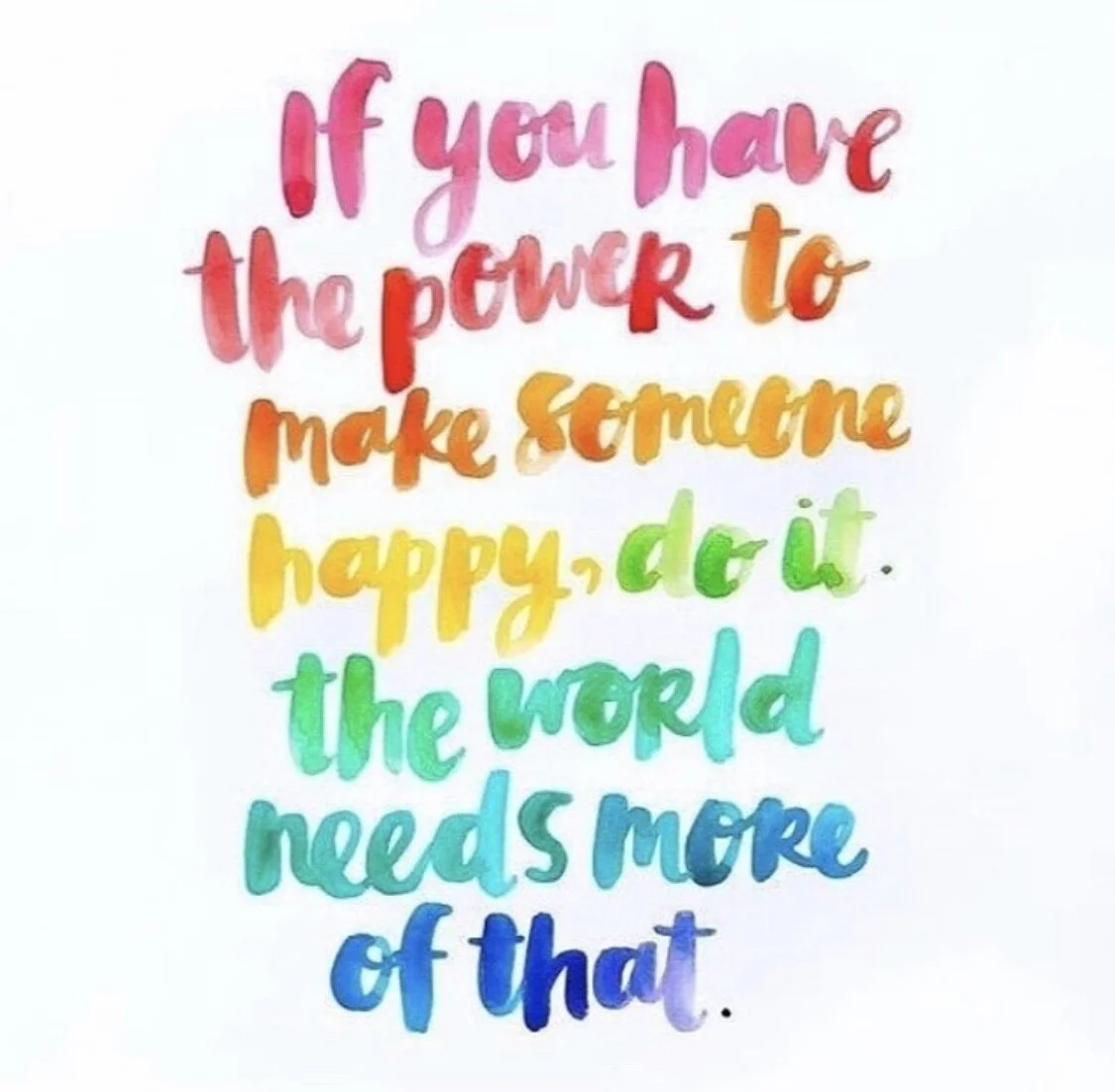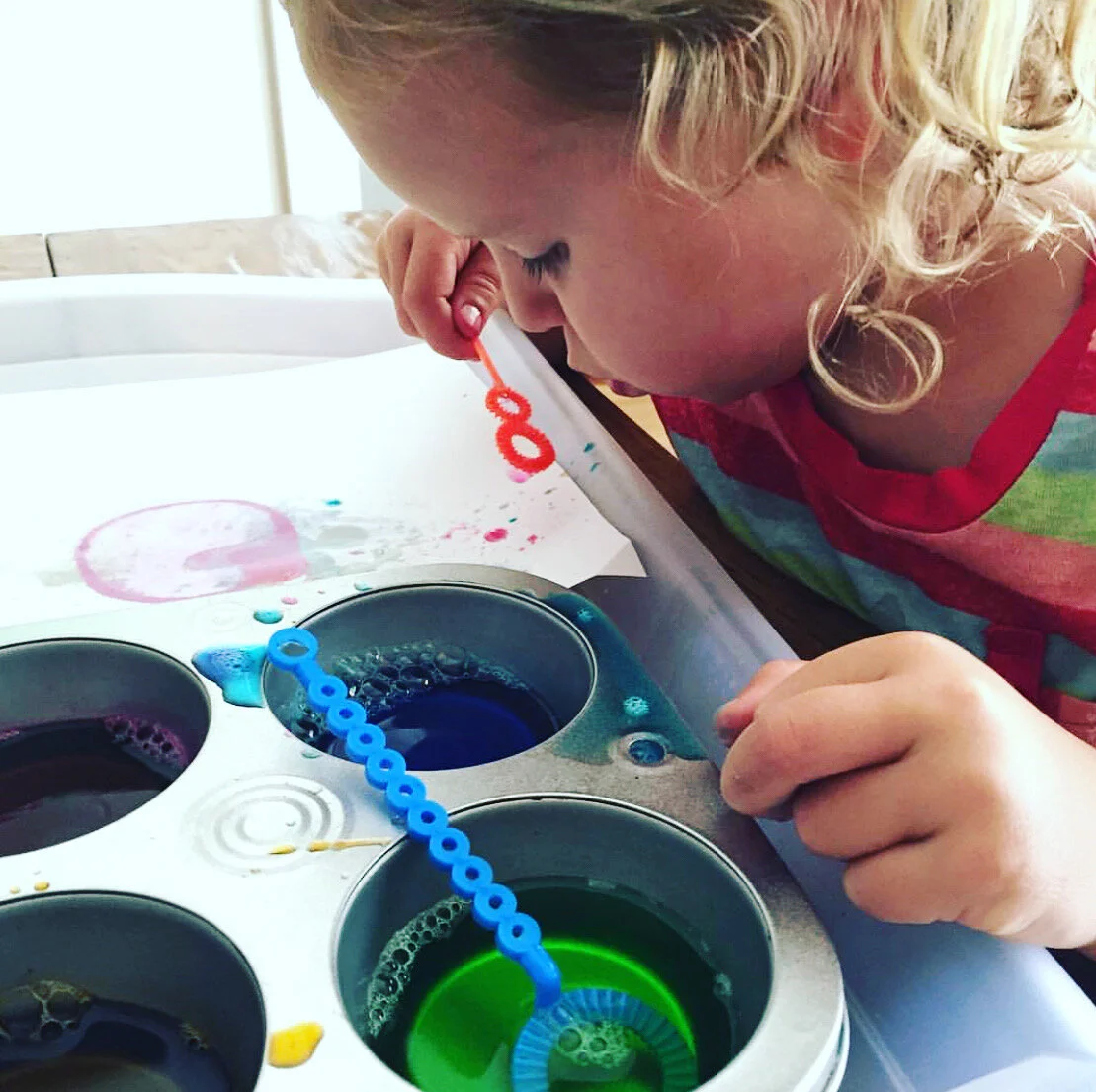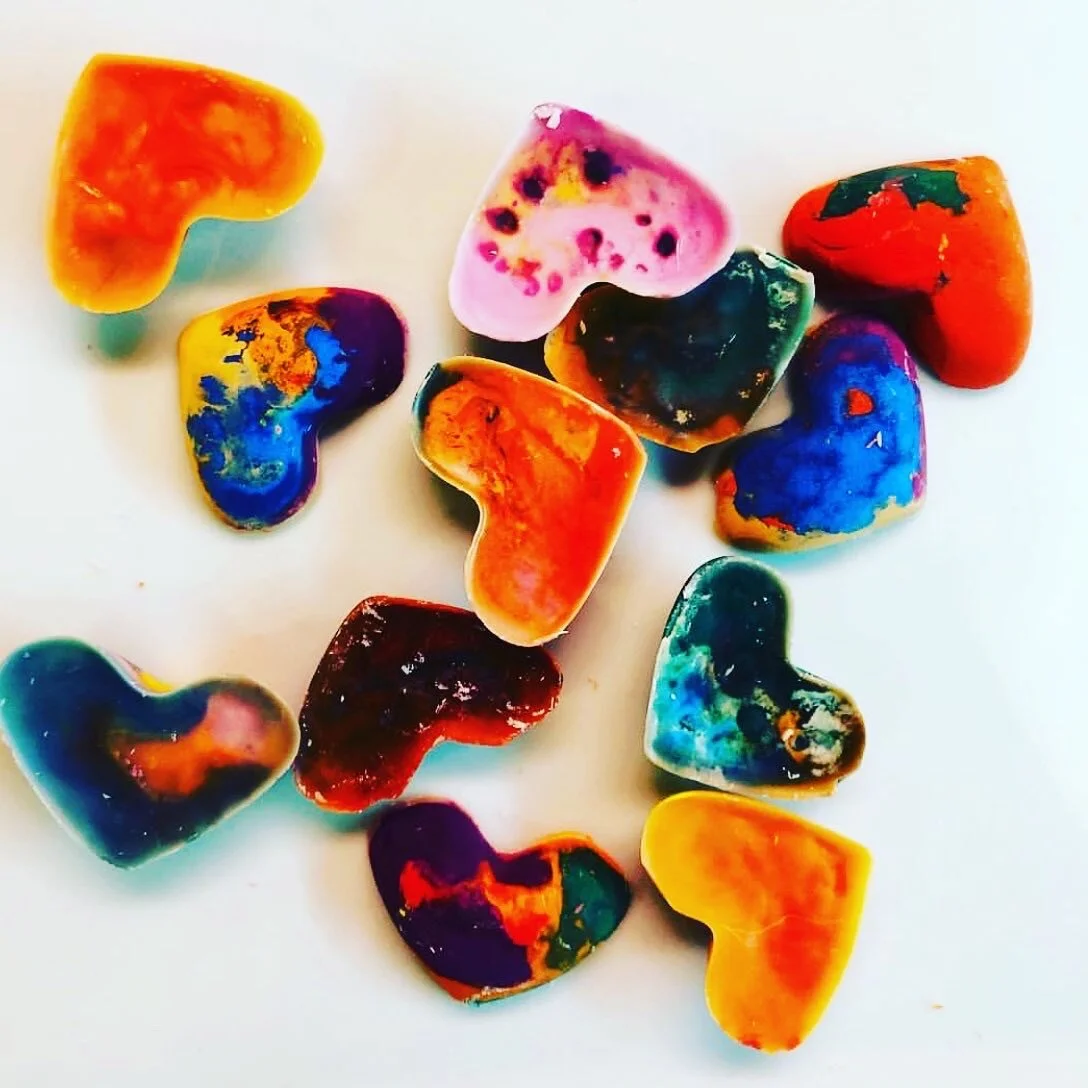Handwriting has many benefits and strengthens brain connections that are essential for learners of all ages. While it may seem that kids are using technology more often, there is no denying that keyboarding skills are important but the benefits of handwriting must not be overlooked.
Increased Academic Performance:
A longitudinal study published in the Journal of Early Childhood Education and Development (Dinehart, 2014) looked at students’ fine motor skills including handwriting, in pre-K and then later in 2nd grade. Those with stronger fine motor skills outperformed their peers in both reading and math.
Writing Boosts Memory:
Another study published in Psychological Science (Mueller & Oppenheimer, 2014) found that those who took notes by writing versus typing performed better on conceptual application questions. The act of writing requires one to process the information as they write it whereas those typing notes type verbatim, thus not engaging in processing the information as they take notes.
Handwriting Supports Executive Function:
A study published in the journal Child Development (James & Engelhardt, 2012) found that writing uses the same brain circuitry as reading and requires use of executive function skills to attend to details, initiate tasks, and self-monitor.
Writing does not have to happen with pencil and paper. The use of various modalities can help create the motor plan for correct letter formation and letter recognition. Some fun ways to practice writing include:
Water and paintbrush
Water and a small sponge or cotton swab
Shaving Cream
Salt Tray
Using a stick in mud or at the beach
In the snow
Build letters with rocks or other small objects
Practice writing in play dough
Write on a Vertical Surface:
Writing on a vertical surface has many benefits such as increasing shoulder stability and strength, wrist stability and mobility, visual motor skills, and facilitating a correct pencil grip. It can be a fun way to practice writing because it adds a bit of novelty for kids!
I also love using window crayons to write on a vertical surface and make writing fun!
For older kids, focusing on hand lettering styles and the art of cursive can make it fun, especially with some fun projects that can be done!
And of course, fun pens make all the difference! Even for young kids, having a variety of writing tools that they can choose from can increase their interest in writing. Here are some favorites:
As always, reach out for any additional ideas or support you may need to help with your child’s handwriting or fine motor skills!
